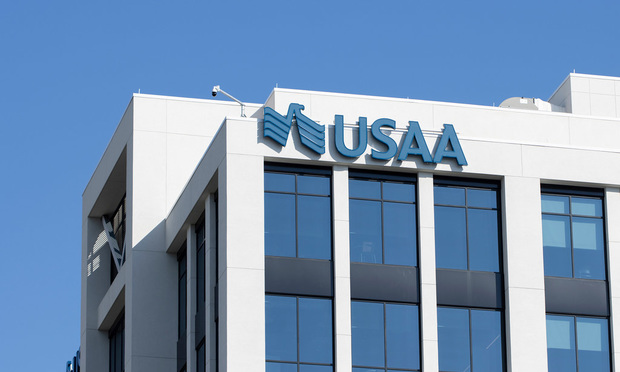Hiscox USA recently released its 2017 Hiscox Guide to Employee Lawsuits, an annual report that analyzes employee litigations among U.S. businesses and identifies the states in which employee lawsuits are most prevalent. The report also addresses what constitutes discrimination in the workplace, and offers guidance for employers on what businesses can do to detect, mitigate, and prevent such occurrences. This study was compiled using data on employment charge activity from the Equal Employment Opportunity Commission (EEOC) and its state counterparts. Related: Insurers now need to anticipate workplace diversity issues |
Discrimination in the workplace
Claims against an employer can occur when an employee or job applicant feels they have been discriminated against in the workplace for reasons including, but not limited to, their age, disability, religion, race or color. Unlawful retaliation against job applicants or employees, who had alleged that they had been punished for asserting their rights to be free from employment discrimination, is the most common claim asserted in federal employment cases. According to the 2017 Hiscox Guide, the following represent the top causes for employee litigation. In many cases, however, more than one cause was cited: |
-
-
-
-
- Retaliation (46% of cases)
- Race (35%)
- Disability (31%)
- Sex (29%)
-
-
-
Related: Culture is at the core of building a diverse and inclusive insurance industry |
The cost of employee lawsuits
Hiscox research indicates that among small and mid-sized businesses, or those with 500 employees or less, 1 in 10 businesses will be involved in an employee lawsuit. Among 1,214 closed claims reported by small and mid-sized businesses, 24% of employment charges resulted in defence and settlement costs averaging a total of $160,000. On average, those cases took 318 days to resolve. Of these cases, 76% resulted in no payment by the insurance company. Related: Diversity in insurance: beyond the quotas |
States with the highest risk
In 2016, U.S. companies faced at least a 10.5% chance of having an employment charge filed against them, according to the Hiscox Guide. However, Hiscox researchers note that some states are significantly riskier than others. "It's critical to be acutely aware of your state's laws," Patrick Mitchell, Management Liability Product Head at Hiscox USA said. "We found that many of the higher-risk states have laws in place that go beyond federal legislation. Varying state laws can impact the risk business owners face and play a role in the number of employee lawsuits in a given state. Business owners must stay aware as legislation evolves, and ensure that their businesses are compliant and that they have a plan in place should a lawsuit be filed." Above are the top 10 states with the highest employee lawsuit risk.
Want to continue reading?
Become a Free PropertyCasualty360 Digital Reader
Your access to unlimited PropertyCasualty360 content isn’t changing.
Once you are an ALM digital member, you’ll receive:
- Breaking insurance news and analysis, on-site and via our newsletters and custom alerts
- Weekly Insurance Speak podcast featuring exclusive interviews with industry leaders
- Educational webcasts, white papers, and ebooks from industry thought leaders
- Critical converage of the employee benefits and financial advisory markets on our other ALM sites, BenefitsPRO and ThinkAdvisor
Already have an account? Sign In Now
© 2024 ALM Global, LLC, All Rights Reserved. Request academic re-use from www.copyright.com. All other uses, submit a request to [email protected]. For more information visit Asset & Logo Licensing.








